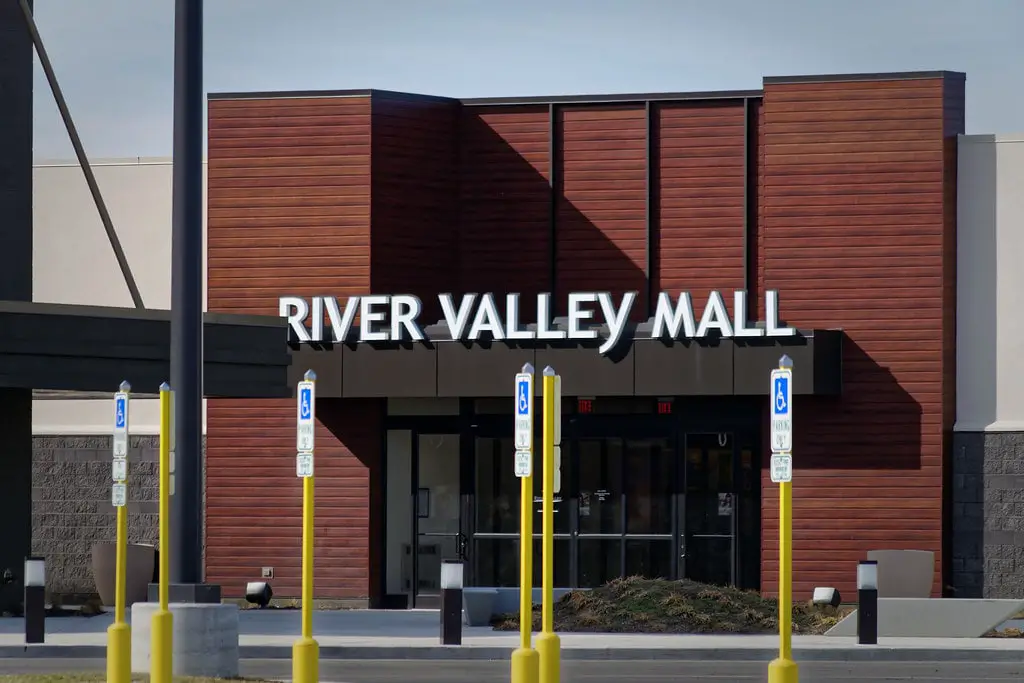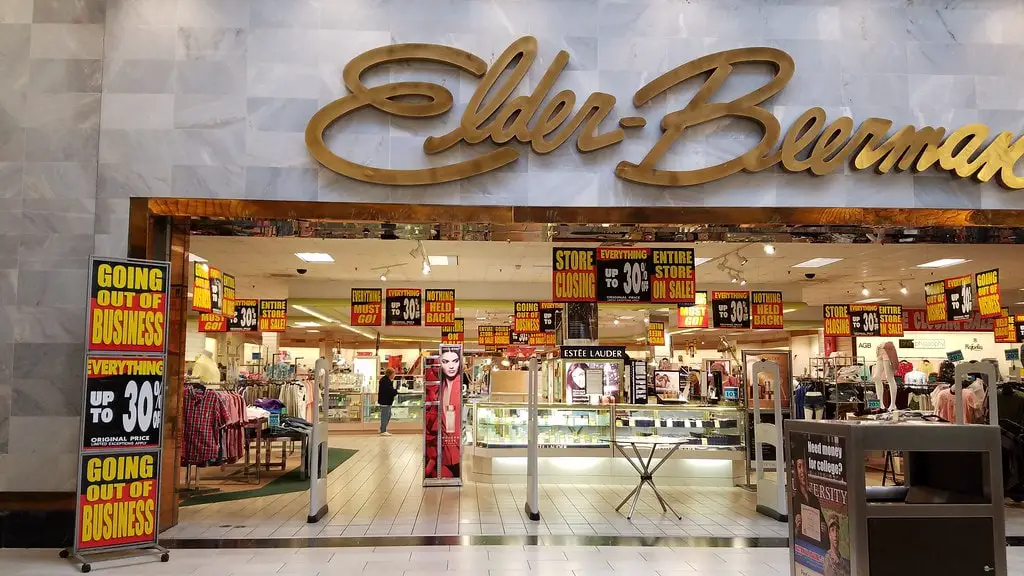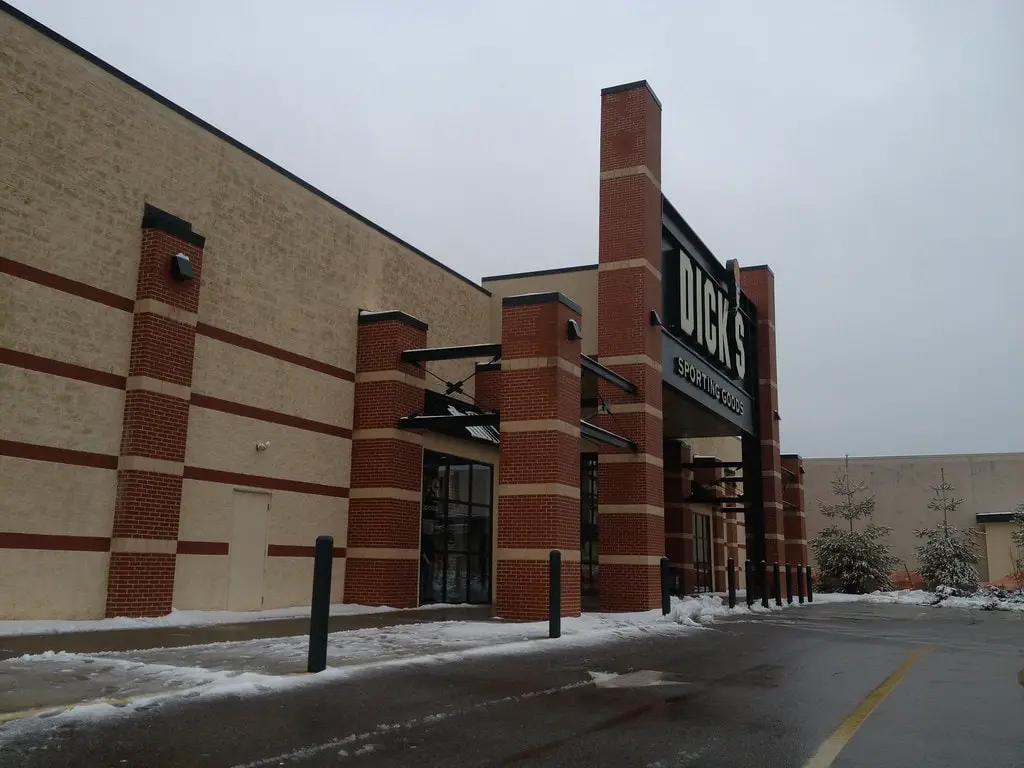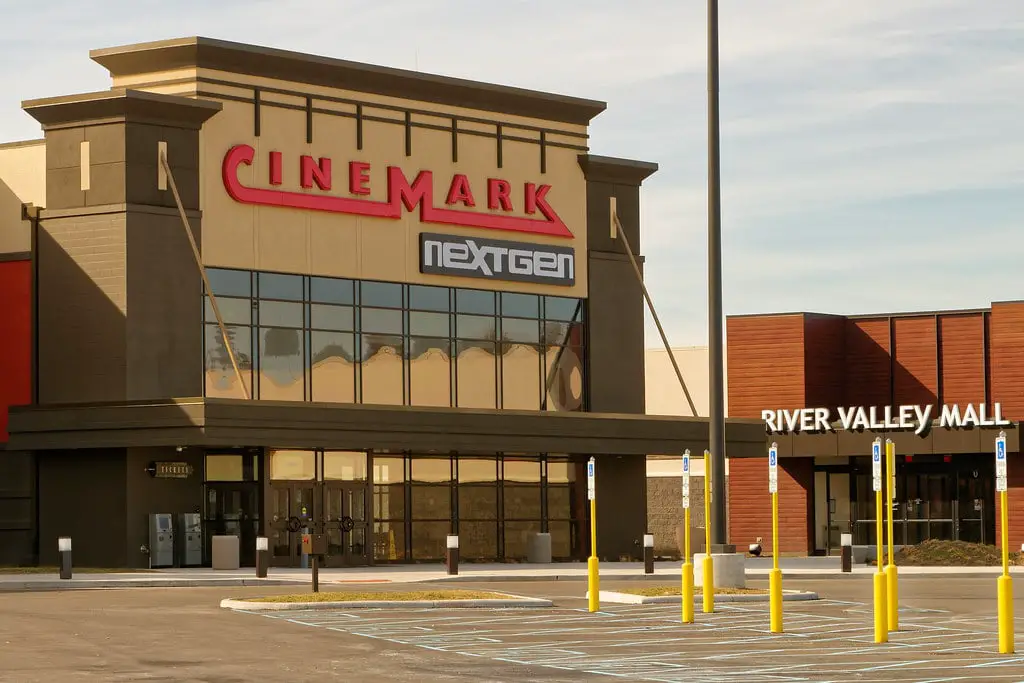The Inception and Rise of River Valley Mall
The Journey Begins in Lancaster, Ohio
In the heart of Lancaster, Ohio, a vision materialized in 1987: the River Valley Mall. Developed by Glimcher Realty Trust, this enclosed shopping haven promised a new retail era for the city.
Its creation marked a significant milestone in Lancaster’s commercial landscape, offering a one-stop destination for shopping, dining, and entertainment.
Laying the Foundations
The path to River Valley Mall’s existence began two years earlier, in 1985. Fairfield County commissioners greenlit a contract with Glimcher Realty Trust, setting the stage for a development that would later become a local landmark.
The initial investment for constructing this retail hub was $4 million, excluding the costs for surrounding infrastructure improvements.
Laying the Foundations of River Valley Mall
Construction of the River Valley Mall in Lancaster, OH, began in June 1986, marking the start of a significant retail development.
Glimcher Realty Trust envisioned a sprawling 500,000-square-foot space, hosting around 80 shops, restaurants, and a movie theater.
Key to this vision were anchor stores like Lazarus and J. C. Penney, the latter relocating from Plaza Shopping Center. The lineup expanded with Hills by August 1986 and Elder-Beerman in March 1987.
This diverse tenant mix was designed to cater to Lancaster’s market, inspired by the success of Glimcher’s Indian Mound Mall in Heath, Ohio.
As of 2023, River Valley Mall remains a central figure in Lancaster’s retail scene. While the shopping landscape has undoubtedly changed, this mall is a pivotal part of the community’s fabric.
For anyone looking for things to do near Columbus, Ohio, the River Valley Mall still offers a unique window into the town’s commercial evolution and consumer culture despite its ups and downs.
Expanding Horizons: River Valley Mall’s Growth Spurt
A Flourishing Start in the Late 1980s
River Valley Mall’s opening in 1987 was just the beginning of its success story. Welcomed warmly by the residents of Lancaster, the mall quickly became a bustling hub of activity.
Its initial allure was undeniable, offering an impressive array of stores and eateries that catered to a wide range of tastes and needs.
The 1989 Expansion: More Stores, More Choices
By 1989, the mall’s popularity had soared, prompting a significant expansion. This included a sprawling 100,000-square-foot addition encompassing a state-of-the-art movie theater and a new Sears store.
These additions increased the mall’s size and appeal, making it a go-to destination for an even broader audience.
The Entry of Target and the 90s Retail Shift
The 90s brought about a noticeable shift in the retail landscape surrounding River Valley Mall.
A notable development was opening a Target store near the mall in 1995, adding another dimension to the local shopping experience.
This period marked a transition, with the mall adapting to changing consumer preferences and the evolving retail market.

Turbulent Times: Navigating the New Millennium
The Closure of Ames and Its Ripple Effects
2001 was a turning point for River Valley Mall, marked by the closure of Ames, which had taken over the former Hills store.
This closure was part of Ames’ broader exit from Ohio, leaving a significant void in the mall’s retail lineup.
The loss of such a key tenant was a blow to the mall, signaling the beginning of a challenging period.
Macy’s Brief Tenure and Departure
In 2005, the mall witnessed a glimmer of hope as Lazarus transitioned to Macy’s, a name synonymous with retail excellence.
However, this optimism was short-lived, as Macy’s closed its doors in 2007, citing declining sales.
This closure underscored the mall’s vulnerability to broader retail trends and consumer behavior shifts.
Dick’s Sporting Goods: A New Anchor in 2010
A new chapter began in 2010 with the arrival of Dick’s Sporting Goods. Occupying the space left by Lazarus and Macy’s, Dick’s brought a fresh retail experience to the mall.
This addition was crucial in revitalizing the mall’s appeal, offering hope for stability amidst a changing retail landscape.
A Struggle for Relevance: River Valley Mall in the 2010s
The Departure of Sears in 2017
The year 2017 marked a significant setback for River Valley Mall with the closure of Sears. This departure was part of a national strategy by Sears to close multiple stores across the country.
The loss of Sears, a long-standing anchor, was a significant blow to the mall, reflecting the broader challenges faced by traditional department stores in the digital age.

Elder-Beerman Bids Farewell in 2018
Following closely on the heels of Sears, Elder-Beerman closed its doors in 2018. The closure resulted from its parent company, The Bon-Ton, going out of business.
This left yet another ample vacant space in the mall, further challenging its ability to attract and retain shoppers.
Occupancy Rates and the Evolving Retail Scene
By the end of the decade, the occupancy rate at River Valley Mall had significantly dropped, reaching around 50 percent.
This decline indicated the broader shift in consumer shopping habits, with online retail changing preferences impacting traditional mall-based retail.
The 2010s were a significant change for River Valley Mall as it grappled with the departure of key anchors and an evolving retail landscape.
These challenges highlighted the need for adaptation and innovation in the face of an increasingly digital and diversified consumer market.
Financial Woes and an Uncertain Horizon
The Financial Crunch of 2021
In 2021, River Valley Mall faced a dire financial situation. RVM LLC, the mall owner, defaulted on a substantial loan of over $14 million, a development threatening the mall’s existence.
This financial strain indicates the mall’s challenges in the evolving retail environment.
Averted Sheriff’s Sale in 2022
The financial troubles led to a planned sheriff’s sale in 2022, which was halted due to a court order from an invested business.
This intervention was a reprieve, yet it underscored the precarious position of the mall in the commercial real estate market.

The Future: Sale and Continued Operations
Despite these setbacks, River Valley Mall continued to operate, albeit under the shadow of the eventual sale.
Valued at $18 million, the mall’s future ownership remained in flux, with potential new owners expected to reshape its trajectory.
The story of River Valley Mall at this juncture became a tale of resilience amidst adversity, reflecting the broader challenges malls nationwide face.
River Valley Mall ownership changes
In 2014, as the mall was grappling with the closure of Regal Cinemas and the subsequent announcement of a new theater by Cinemark, Glimcher Realty Trust decided to put River Valley Mall up for sale alongside another property, Indian Mound Mall.
This decision was pivotal in the mall’s history, indicating a management and strategic direction shift.
The mall’s ownership changed hands in 2016 when Glimcher forfeited it to Woodmont Company to avoid foreclosure.
This move was significant, as it indicated the financial challenges and the changing dynamics in the retail sector.
Woodmont Company’s tenure as the owner was relatively brief, as they sold the mall to RVM LLC in 2017.
The most recent and notable transition in ownership occurred in 2022 when Namdar Realty Group acquired River Valley Mall.
The acquisition, completed on June 2, 2022, brought the mall under the management of a company with a considerable portfolio in commercial real estate.

This change in ownership was crucial. Namdar Realty Group brought its expertise and experience in managing retail spaces, essential for the mall’s future in an increasingly competitive and digitally-influenced retail environment.
Namdar Realty Group’s acquisition of River Valley Mall represents a new chapter in the mall’s history, potentially heralding a period of revitalization and strategic redevelopment to align with the evolving retail landscape.
The transition to Namdar’s ownership is a key moment, potentially shaping the future trajectory of this iconic Lancaster retail destination.
Present-Day River Valley Mall: A Glimpse into Its Current State
Today’s Retail Mix: A Diverse Offering
As of 2023, River Valley Mall presents a varied assortment of tenants. Anchored by stalwarts like JCPenney, Dick’s Sporting Goods, and Cinemark, the mall continues to serve as a retail destination.
These key stores and others like Ulta Beauty and Old Navy contribute to the mall’s ongoing appeal despite its challenges.
The Impact of Vacancies and Closures
The vacancies left by former anchors like Sears and Elder-Beerman are palpable.
These empty spaces reflect the shifting tides of the retail industry, impacting both the ambiance of the mall and the foot traffic it once enjoyed.
The Mall’s Place in the Community
River Valley Mall still holds significance in Lancaster’s commercial sphere.
With a catchment area extending 20 miles and being the only enclosed mall in the vicinity, it remains a notable player in the local retail scene.
The mall’s current state mirrors the broader narrative of retail evolution, balancing the nostalgia of traditional shopping with the realities of modern consumer preferences.
In navigating these changes, River Valley Mall continues to be an integral part of Lancaster, Ohio’s retail story, adapting to the times while striving to maintain its relevance.

Reflecting on River Valley Mall’s Journey
A Story of Evolution and Resilience
The story of River Valley Mall is a microcosm of the broader shifts in the retail landscape.
From its auspicious beginnings in 1987 to facing the challenges of the digital era, the mall has navigated through significant changes.
Its journey reflects the resilience and adaptability needed in the ever-evolving world of retail.
The Mall’s Future: Uncertain but Hopeful
While the future of River Valley Mall remains uncertain, it stands as a testament to the enduring appeal of physical retail spaces.
The mall’s ability to evolve and reinvent itself in response to changing consumer habits and economic pressures speaks to the potential for rebirth and renewal in the retail sector.
A Symbol of the Times
In many ways, River Valley Mall encapsulates the story of many American malls: a rise marked by initial success, struggles against shifting retail trends, and the ongoing quest to remain relevant.
The mall remains a significant part of Lancaster’s commercial narrative, symbolizing the challenges and opportunities within the retail industry.

The decrease in mall traffic was not due to the 33 bypass. It decreased due other reasons. There is still a ton of people in Lancaster. There are still very busy streets. The good mall food getting taken away (there used to be a lot of good places to choose from), didn’t help and some of the stores leaving. Plus now the decrease in mall visitors is probably due to the fact that more and more people are ordering online from stores and places like Amazon.
Certainly, the shift in mall food options and the leaving of certain retailers may have contributed to decreased foot traffic at River Valley Mall. However, this also presents an opportunity for the mall to revitalize its offerings and attract new shoppers.